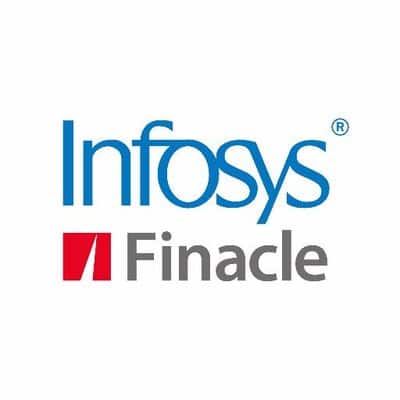While retail banking has been in the spotlight of the Covid-19 impact on banks, corporate banking has also been significantly, if not more, affected by the pandemic.

In a typical book of a universal bank, more than 60 percent of the balance sheet can be attributed to the corporate business; similarly, 70 percent of profit and 50 percent of fee (non interest) income comes from that segment. Providing a stable source of revenue, and a steady base for international operations, the corporate banking business has been in great demand since 2008.
But the Covid pandemic has thrown some serious challenges at it. Apart from liquidity risk, the crisis has raised the specter of solvency risk, endangering the balance sheets of banks that have 20 percent or more corporate clients going under.
Post-Covid corporate banking will also be qualitatively different from what it was before, and to some extent, become more like retail banking. In the age of social distancing, the high touch – low tech aspect of corporate banking, marked by in-person meetings with relationship managers or visits to the branch, will make way for low touch – high tech interactions on video and mobile. Overall, there will be a move away from assisted, physical channels to unassisted, digital ones. This will cause an automatic reset of service expectations; users will expect transaction processes to take half the time or less to onboard, generate a lead, close a sale, appraise credit risk, disburse a loan and so forth. All supporting activities, from documentation to troubleshooting, will be digitized and recorded for future reference.

Like it is in the retail business, corporate banking will start to see more frequent transactions of lower value even among large clients, who will adjust their funding needs to their revised business plans of much shorter durations (6 to 12 months).
The pandemic will force a reimagination of banking products, processes, training & education, front office activity, services delivery and operations. For instance, products will have to be reimagined for end-to-end digital onboarding, contactless fulfillment, new interest regimes and so on, and existing operating procedures will need to be rewritten to factor user safety, social distancing and sanitary conditions. Typically, this will increase the digital content in service delivery, bringing about a significant change in corporate banking. In response, banks will have to upgrade corporate banking functionality on all channels to enable digital approval, authorization and tracking.
While this might seem drastic for a business that has always relied on face-to-face meetings, corporate banks should view it as an opportunity to improve engagement: savings in travel time to meeting venues can be deployed for additional video meetings; international remittances that would take days to cross a payment network, such as SWIFT, can now be made in a matter of seconds on digital networks, just like retail mobile money transfers. Also, with paper documentation going digital, corporate banks would be able to move even million-dollar sums instantaneously. Engagement can be improved further by facilitating a comprehensive view of the banking relationship that gives the client a digital, single-window view of transaction accounts, cash position, payments due and so on, a far cry from the disparate paper reports that have been doing the rounds until now. Corporate banking, which is not quite ready for this, must reskill and repurpose talent at both bank and client ends to see it through.
Without doubt, these changes will not be easy. But they will offset some of the losses caused by the pandemic, and more importantly, prepare corporate banks to survive the post-Covid next-normal. The biggest gains will be in efficiency and engagement, manifest as hundreds of hours saved for both banks and their clients. And while corporate banks may have been forced into digital transformation by the pandemic, they can get going quickly by acquiring or partnering with Fintech companies who, with funding drying up, will be available to them at a reasonable cost.
Partenered with:
